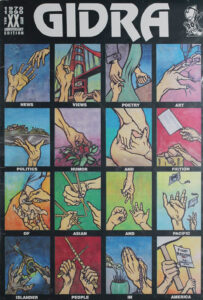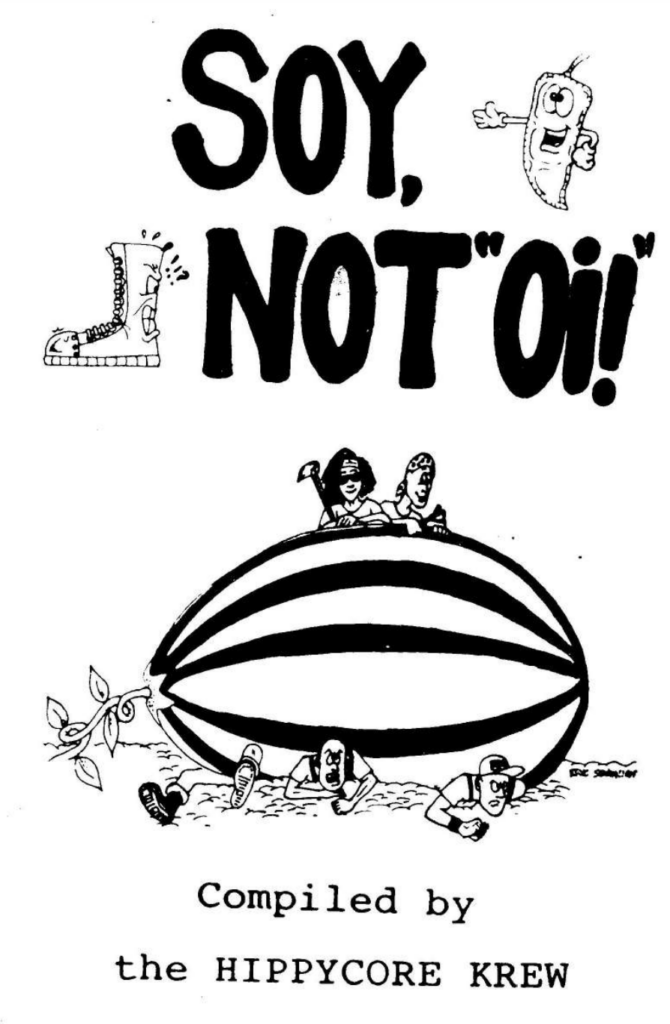“At the core of the zine-making ethos are subversion, freedom of thought, and a DIY attitude.”
— Rona Akbari, “How to Make A Zine”
From Wikipedia:

“A zine (pronounced “ZEEN”; short for magazine or fanzine) is a small-circulation self-published work of original or appropriated texts and images, usually reproduced via a copy machine. Zines are the product of either a single person or of a very small group, and are popularly photocopied into physical prints for circulation. A fanzine (blend of fan and magazine) is a non-professional and non-official publication produced by enthusiasts of a particular cultural phenomenon (such as a literary or musical genre) for the pleasure of others who share their interest. The term was coined in an October 1940 science fiction fanzine by Russ Chauvenet and popularized within science fiction fandom, entering the Oxford English Dictionary in 1949.”
“Popularly defined within a circulation of 1,000 or fewer copies, in practice many zines are produced in editions of fewer than 100.

Among the various intentions for creation and publication are developing one’s identity, sharing a niche skill or art, or developing a story, as opposed to seeking profit.”
“Zines have served as a significant medium of communication in various subcultures, and frequently draw inspiration from a “do-it-yourself” philosophy that disregards the traditional conventions of professional design and publishing houses, proposing an alternative, confident and self-aware contribution. Handwritten zines, or carbon zines, are individually made, emphasizing a personal connection between creator and reader, turning imagined communities into embodied ones. Zines have cultural and academic value as tangible evidence of marginal communities, many of which are otherwise little-documented.”
What Are Zines Good For?

Zines tend to be a collection of various images, texts, and messages. Here is a list of just a few of the things you can do with the zine format:
- Publish sketches, drawings, and mini-comics
- Match recipes with whimsical illustrations
- Mix words with images and textures
- Print lines of poetry
- Share a manifesto
- …the list goes on
Basically, what you can include in a zine is only limited by your imagination.
Zines can be a great tool to use in education. Not only can you learn A LOT by producing a zine yourself, but they are great for spreading ideas, sharing skills and teaching people how to do things in general.

Historically, zines follow a long legacy of feminist and women’s self-publication that includes scrapbooking, periodicals and health publications, allowing women to circulate ideas that would not otherwise be published, according to Wikipedia.
Through sharing ideas, zines allow for communities to become more visible and communicate with each other without relying on more traditional media.
Zines work the best as a hyper-expressive outlet for the creator to showcase their work, their opinion, their passion, or whatever they would like to showcase.
How Are Zines Created?
Zines can be 100% handmade and given out to friends and family only, or they can be produced digitally using design software and posted on the web/emailed to whoever. It is entirely up to the creator.
